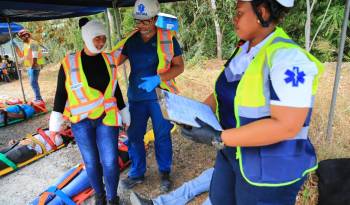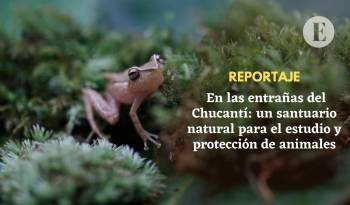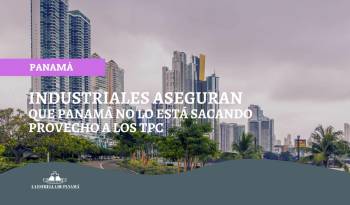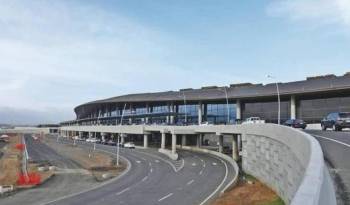Concesionaria Madden Colón llevó a cabo un simulacro de accidente sobre la autopista como fase final del Curso de Formación de Brigadas de Emergencias,...
- 25/02/2009 01:00
- 25/02/2009 01:00
PANAMA. Many know Panama, with almost 10 percent of the bird species variety in the world, is a bird-watching aficionado paradise.
Few know that Panama is the the main center of plant diversity on the planet, A new program will enlighten Panamanian students about this natural richness.
Countries like Brazil, Colombia and Venezuela have more biodiversity that Panama. Yet the density of plant life on the Isthmus is higher, which along with the biodiversity’s complex distribution makes the country unique.
These words welcome visitors to the Biodiversity Museum’s web page (www.biomuseopanama.org), in its full form before construction for the museum it promotes is completed (at Amador).
Scientists believe unseen forces of volcanic activity, sedimentation, and subduction (the process by which collision of the earth's crustal plates results in one plate's being drawn down or overridden by another) came together to create the isthmus.
This emergence created a unique environment in the world, where geologies, climates, and human action intersected to create this vegetation rich area.
More than 80,000 students from both public and private schools will learn the Isthmus’ story through a new educational program, “Sembrando Futuro” (seeding future), sponsored by the Grupo Rey’s Social Responsibility department, the Amador Foundation, and the Ministry of Education.
The program aims to raise awareness among the younger generations of the country’s precious biodiversity resources.
Students will learn in their classroom about the forces within earth that led to the emergence of the mass of land that makes up Panama and connects both North and South America, in hopes of teaching them to value the vegetable life that thus surged and to learn to contribute to its preservation.
Once the museum’s construction is finished (expected by year-end or begining of 2010), students will also be able to follow the dramatic changes that have taken place in the biodiversity of Panama - the biotic exchange, evolution and extinction of species, as well as learn about the current crisis and the future of biodiversity in Panama through weekly lectures at the museum’s facilities.


















